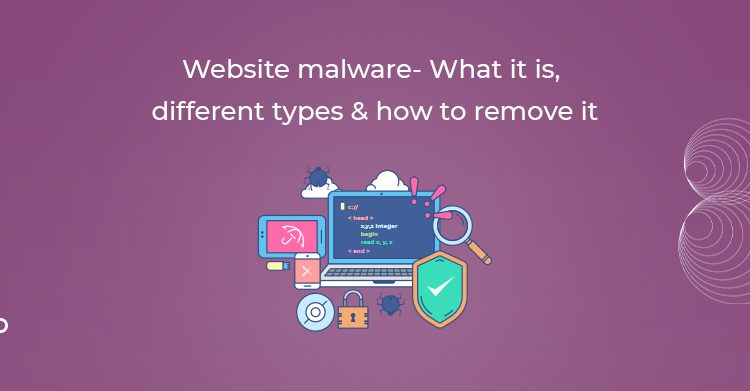
Website malware is a toxic software that has been developed to check the activity on the website by visitors. The main objective of website code range is to collect entire information, availability, divert visitors to spam pages, completely turn the website as you want, or even infect the visitor with some other piece of malware. There are many different types of website malware removal, each designed to check the activity of visitors or buyers. It’s crucial to remove website malware ASAP to reduce the risk to visitors, protect your website reputations, reduce SEO issues, and avoid security warnings or blacklisting from authorities like Google.
WHAT DOES WEBSITE MALWARE MEANS?
Website malware is a normal term that tells us about software that has been developed with a spiteful purpose to work on a website or web server. By giving a total or perfect volume of services and web applications available on the web, It’s not surprising the popularity of these apps/services attracts cybercriminals hoping to leverage poor security or known liability to their advantage. Useful software applications are beneficial to webmasters, website malware are harmful and created to damage a website’s compromised environment. Common types of website malware contain injected spam content, credit card stealers, website damage or even spiteful redirects.
Website malware can create a negative impact on a site and its visitors in various ways. This depends on what motivates the hacker. Several reasons contain financial gain, activism or simply a reputation as a bad actor.
For example, imagine exploring your own website only to discover that you’ve been immediately redirected somewhere else. You can invest your months into organic SEO strategy, only to receive a notification from Google that has been blocked because your domain is suspected or it’ll be spamming. You can visit your favourite website to see a pop-up that your computer has been infected and contact a ‘TECH SUPPORT’ number to clean up the malware.
HOW DOES MALWARE GET ON YOUR WEBSITE?It can be difficult to understand how a website is affected in the first place. Malware is typically planted within a site’s environment using these methods-
1. Credential Security Issues and Access Control – If a website has enough control that hasn’t been properly hardened, hackers have various types to attack vectors. Various methods including brute force tools to attack admin login pages, handling metadata or cookies to raise privileges, or simply credentials. Improper control can lead to an attacker gaining unsanctioned access to your server, or even the admin panel of your content management system. It’s crucial to save or protect each area with strong login credentials and multi-factor authentication.
2. Software Vulnerabilities – Failing to install updates on your sites is one of simple ways to invite malware into your website. Bad actors target vulnerabilities in outdated third-party components to gain access to the environment and utilize resources. The simple, easiest and best way to reduce risk from known software vulnerabilities is to make sure your CMS and any of its components are running the latest security patches.
3. Tampered Or Nulled Third-Party Components – It’s also called “NULLED” premium components can be downloaded and installed for free. These types of components are always almost tampered with including backdoor functionality, unwanted ad functionality or any website that installs them.
4. Third-Party Integrations Or Scripts – Websites use third-party scripts to extend functionality, but this comes with a number of security features. Each time you apply a third-party integration to a website’s functionality, you increase the potential attack surface which is completely beyond your control. For Example- third-party integrations and scripts like tracking services, ad scripts, and social add-ons may be deprecated or leading to malicious behavior on your website.
5. Social Engineering – Hackers try to trick webmasters to install malware or ask to upgrade their site and navigate them where the site credentials can be stolen.
6. Server-level Infections – Hackers actually manage to infect the web server itself. When this happens, websites hosted on the server may start to show malevolent behaviour when none of the actual site files have been infected.
HOW TO CHECK YOUR WEBSITE FOR MALWAREThe easiest way to find malware on a website is with a remote scanner. These inspect a site’s public facing content for any sign of an infection. Just enter the web address of your website and let the checker website go to work.
We offer response assistance which will cover the website on all occasions. We monitor the website we protect from a wide range of attacks, and our team also has some new wordpress hack cleanup ideas to clean. We also have a team to check if something happens wrong. You can get the incident response assistance on your website simply contact us.
